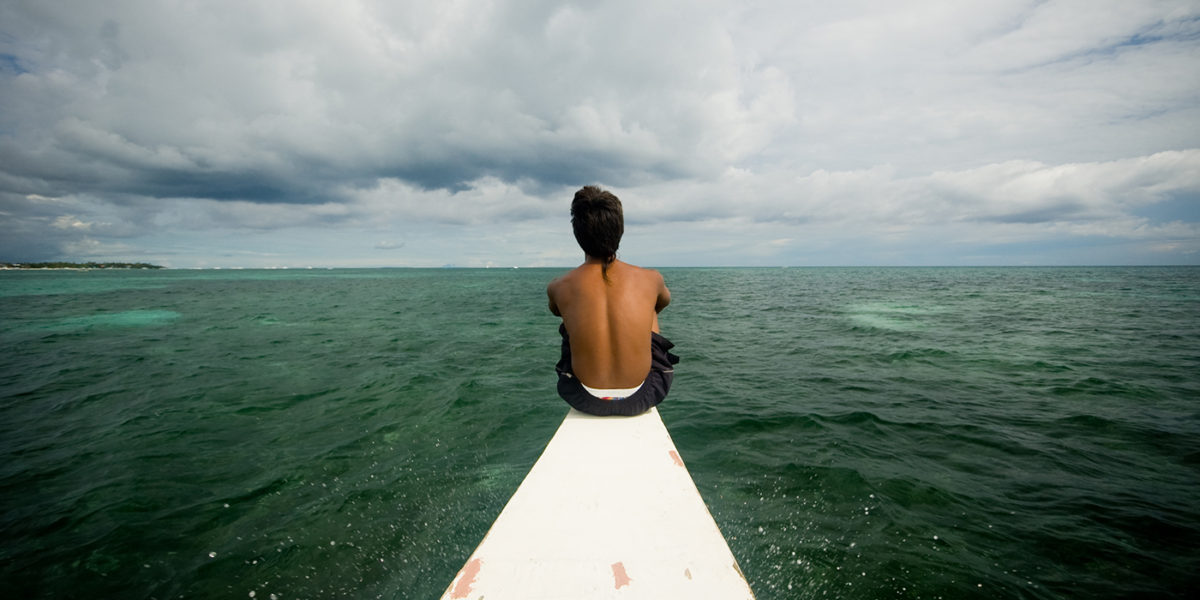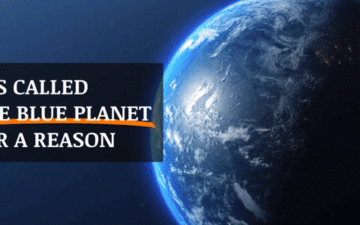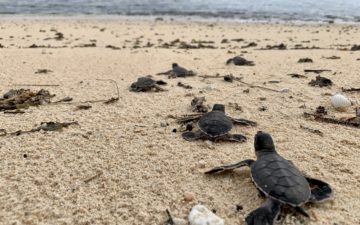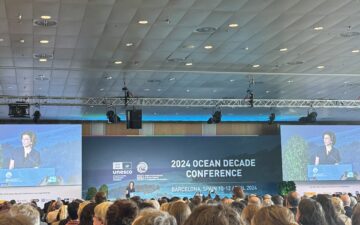On January 28, I arrived in Manila, the capital of the Philippines, one of the 16 cities that make up “Metro Manila,” the most densely populated urban area in the world—reaching an estimated daytime population of 17 million people, about 1/6 of the country’s population. It was my first visit to Manila and I was excited about meeting with government officials and others to talk about ASEAN and its role in ocean issues. ASEAN (the Association of Southeast Asian Nations) is a regional trade and economic development organization with 10 member nations who work together to promote common governance structures to improve the economic and social strength of the region overall. Each member country is chair for a year—in alphabetical order.
In 2017, the Philippines follows Laos to become the chair of ASEAN for a year. The Philippine government wants to make the most of its opportunity. “Thus, to address the ocean piece, its Foreign Service Institute (in the Department of Foreign Affairs) and its Biodiversity Management Bureau (in the Department of Environment and Natural Resources) invited me to participate in a planning exercise with support from the Asia Foundation (under a grant from the US Department of State).” Our team of experts included Cheryl Rita Kaur, the acting head of the Centre For Coastal & Marine Environment, Maritime Institute of Malaysia, and Dr. Liana Talaue-McManus, Project Manager of the Transboundary Waters Assessment Programme, UNEP. Dr. Talaue-McManus is also from the Philippines and is an expert on the region. For three days, we gave advice and participated in a “Seminar-Workshop on Coastal and Marine Environment Protection and the Role for ASEAN in 2017,” with leaders from multiple agencies to discuss opportunities for Philippine leadership on ASEAN coastal and marine protection.
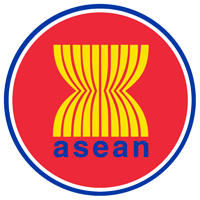
The Association of Southeast Asian Nations (ASEAN) is about to celebrate its 50th Anniversary. Member Nations: Brunei, Burma (Myanmar), Cambodia, Indonesia, Laos, Malaysia, Philippines, Singapore, Thailand, and Vietnam
The Region’s Marine Biodiversity
The 625 million people of the 10 ASEAN nations depend upon a healthy global ocean, in some ways more than most other regions of the world. ASEAN territorial waters comprise an area three times the land area. Collectively they derive a huge portion of their GDP from fishing (local and high seas) and tourism, and a bit less so from aquaculture for domestic consumption and export. Tourism, the fastest growing industry in many ASEAN countries, is dependent on clean air, clean water, and healthy coasts. Other regional ocean activities include shipping for export of agricultural and other products, as well as energy production and export.
The ASEAN region includes the Coral Triangle, the six million square kilometer area of tropical water that is home to 6 of the 7 species of sea turtles and more than 2,000 species of fish. All told, the region hosts 15% of worldwide fish production, 33% of seagrass meadows, 34% of coral reef cover, and 35% of the world’s mangrove acreage. Unfortunately, three are in decline. Thanks to reforestation programs, mangrove forests are expanding—which will help stabilize shorelines and increase fishery productivity. Just 2.3% of the region’s vast maritime territory is managed as protected areas (MPAs)—which makes it challenging to prevent further decline in the health of critical ocean resources.

Threats
The threats to ocean health from human activities in the region are similar to those found in coastal regions around the world, including the effects of carbon emissions. Over-development, overfishing, limited ability to enforce laws against human trafficking, endangered species, illegal fishing and other illegal wildlife trade, and a lack of resources to address waste management and other infrastructure needs.
At the meeting, Dr. Taulaue-McManus reported that the region is also at high risk for sea level rise, which has implications for siting of coastal infrastructure of all types. A combination of higher temperatures, deeper water, and changing ocean chemistry puts all ocean life in the region at risk—altering the location of species and affecting the livelihoods of artisanal and subsistence fishers and those dependent on dive tourism, for example.
Needs
To address these threats, the workshop participants highlighted the need for disaster risk reduction management, biodiversity conservation management, and pollution reduction and waste management. ASEAN needs such policies to allocate use, promote a diverse economy, prevent harm (to people, to habitats, or to communities), and to support stability by prioritizing long-term value over short-term gain.
There are external threats to regional cooperation from political/diplomatic wrangling by other nations, including new radically changed trade and international policies of the new US administration. There is also a global perception that human trafficking issues are not being adequately addressed in the region.
There are already good regional efforts on fisheries, trade in wildlife, and wetlands. Some ASEAN nations are good on shipping and others on MPAs. Malaysia, a previous chair, launched the ASEAN Strategic Plan on the Environment (ASPEN) that also identifies addressing these needs as a way forward with regional ocean governance for controlled sustainable prosperity.
As such, these 10 ASEAN nations, along with the rest of the world will be defining the new blue economy that will “sustainably use the oceans, seas and marine resources” (per UN Sustainable Development Goal 14, which will be the subject of a multi-day international meeting in June). Because, the bottom line is that there should be legal and policy tools for managing the blue economy, blue (growth) prosperity, and traditional ocean economies to move us toward a truly sustainable relationship with the ocean.
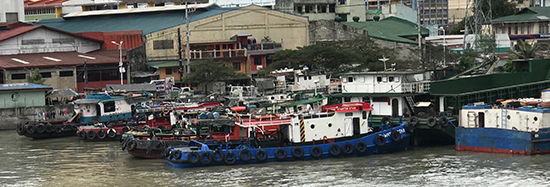
Meeting the Needs with Ocean Governance
Ocean governance is the framework of rules and institutions that strive to organize the way in which we humans relate to the coasts and ocean; to rationalize and limit the expanding human uses of marine systems. The interconnectedness of all marine systems requires coordination between individual ASEAN coastal nations and with the international community for the areas beyond national jurisdiction as well as regarding resources of common interest.
And, what kinds of policies achieve these goals? Ones that define common principles of transparency, sustainability and collaboration, protect critical areas to support economic activities, manage appropriately for seasonal, geographic, and species needs, as well as ensure harmonization with international, regional, national, and subnational economic and socio cultural goals. To design the polices well, ASEAN must understand what it has and how it is used; vulnerability to changes in weather patterns, water temperature, chemistry, and depth; and long-term needs for stability and peace. Scientists can collect and store data and baselines and maintain monitoring frameworks that can continue over time and are fully transparent and transferable.
The following are the recommendations of topics and themes for cooperation from this 2017 meeting including possible key elements of the proposed ASEAN Leaders’ Statement on Maritime Security Cooperation and Marine Environment Protection and/or possible Philippine led initiatives on marine environment protection for 2017 and beyond:
The Topics
MPAs and MPANs
ASEAN Heritage Parks
Carbon Emissions
Climate Change
Ocean Acidification
Biodiversity
Habitat
Migratory species
Wildlife trafficking
Maritime Cultural Heritage
Tourism
Aquaculture
Fishing
Human rights
IUU
Seafloor
Seabed mining
Cables
Shipping / Vessel traffic
The Themes
Regional capacity development
Sustainability
Conservation
Protection
Mitigation
Adaptation
Transparency
Traceability
Livelihoods
Unification of ASEAN policy / continuity among governments
Awareness to reduce ignorance
Knowledge sharing / Education / Outreach
Common assessments / benchmarks
Collaborative research / monitoring
Technology / best practices transfer
Enforcement and enforcement cooperation
Jurisdiction / mandates / harmonization of laws

Items that rose to the top
The represented agencies of the Philippines believe that their nation has a track record to lead on: MPAs and Marine Protected Area Networks; community engagement, including from local governments, NGOs, and indigenous peoples; seeking and sharing traditional knowledge; cooperative marine science programs; ratification of relevant conventions; and addressing sources of marine litter.
The strongest recommendations for regional actions included the three key GDP items noted above (fisheries, aquaculture and tourism). First, the participants want to see robust, well-managed fisheries for local consumption, and for export trade markets. Second, they see the need for smart aquaculture that is well-placed and well-designed in accordance with ASEAN standards. Third, we discussed the need for real eco-tourism and sustainable tourism infrastructure that emphasize cultural heritage preservation, local communities and public-private sector participation, reinvestment into the region, and for viability, and some form of “exclusive” differentiation that means more revenue.
Other ideas deemed worthy of exploration included blue carbon (mangroves, seagrasses, carbon sequestration offsets etc.); renewable energy and energy efficiency (more independence, and to help distant communities prosper); and to look for ways to recognize companies whose products are actively GOOD for the ocean.
There are big obstacles to implementing these ideas. Spending two and a half hours in the car to go about two and a half miles gave us lots of time to talk at the end of the last session. We agreed that there was a lot of genuine optimism and desire to do the right thing. In the end, ensuring a healthy ocean will help ensure a healthy future for ASEAN nations. And, a well-designed ocean governance regime can help them get there.
Header Photo: Rebecca Weeks/Marine Photobank
